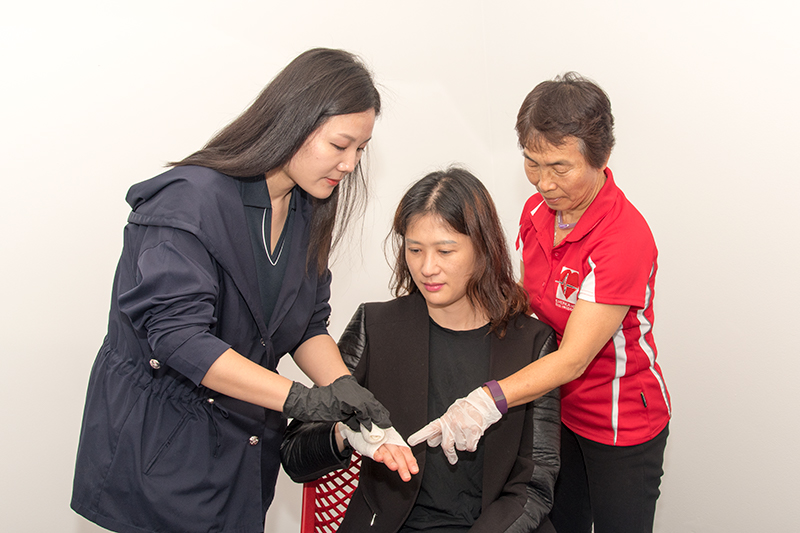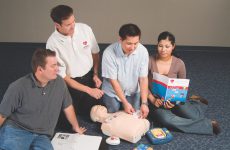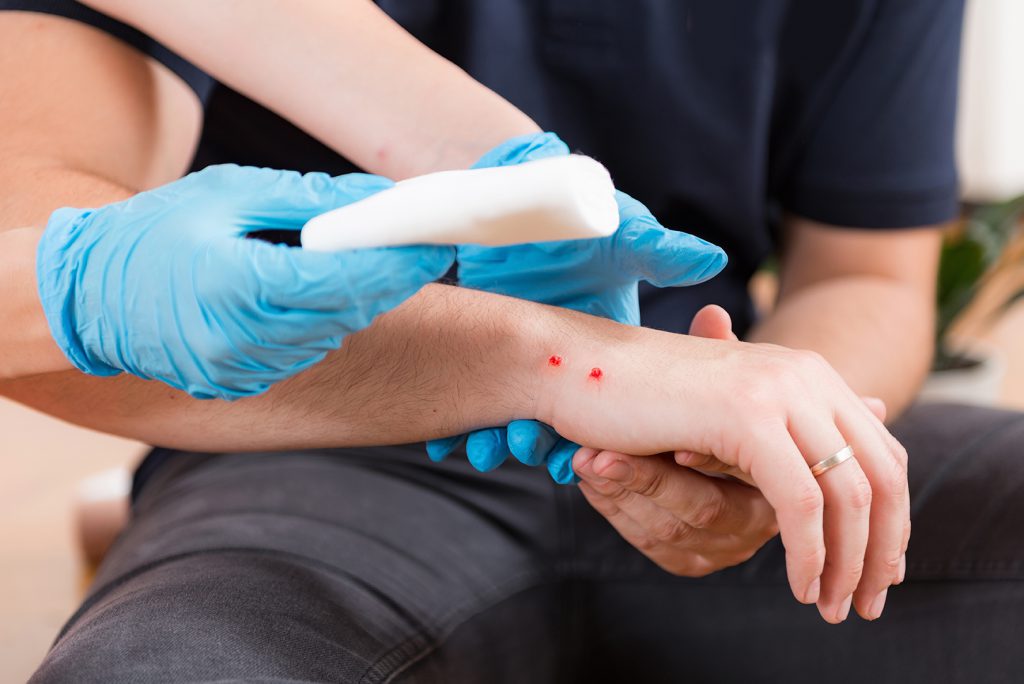
The internet is a place that can be full of inaccurate information about first aid treatments, such as putting butter on a burn, or sucking the venom from a snake bite.
As any first aid instructor will tell you, putting butter (or any other food product) on a burn won’t help, and you should never attempt to suck the venom out of a snake bite. It’s also a bad idea to tip your head back if you have a nosebleed, and not every choking victim needs the “Heimlich maneuver” (abdominal thrusts).
Relying on the internet for first aid advice, instead of taking part in proper training, puts you and the casualty at risk, especially in an emergency. First aid training gives you the knowledge, confidence and skills to do the right thing in situations where every moment matters.
Many people lack critical first aid knowledge
Research commissioned by the British Red Cross revealed only 5 percent of adults have the skills and confidence to provide first aid in emergency situations. Their survey of more than 2,000 adults in the UK revealed:
- Nearly seven in ten adults said they didn’t know how to help someone who was bleeding heavily.
- More than eight out of ten adults said they lacked the knowledge and confidence to provide care for a choking infant
- Only nine percent of parents in the UK said they were confident to perform first aid on their children.
Across the world other surveys have revealed:
- In Australia, fewer than five percent of people have emergency response training, according to the Australian Red Cross.
- A survey by the Canadian Red Cross revealed more than one-third of households (36 percent) have no one trained in first aid.
- In the United States, more than 10,000 people experience a medical emergency at work each year, yet fewer than 45 percent of U.S. workers have first aid training.
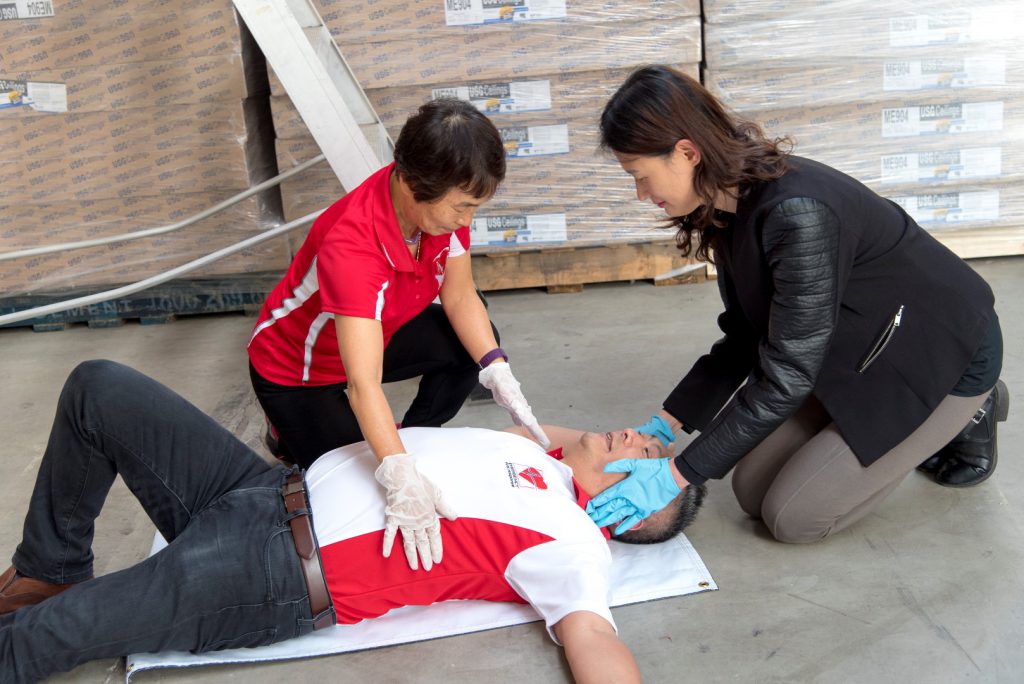
In an emergency, are you prepared to respond?
A general lack of knowledge puts everyone at risk. Approximately 150,000 people in the UK die each year in situations where a bystander with first aid training could have made a difference.
A survey in Norway found 43 percent of adults had been called upon to provide first aid, most commonly in the workplace. So it’s not surprising there are many jobs require first-aid training. In the United States, 91 percent of poisoning incidents occur in the home. Children younger than age six were at greatest risk for unintentional poisoning, representing 45 percent of reported incidents.
Learning how to perform basic first aid takes only a few hours. An Emergency First Response© (EFR) first aid course includes hands-on practice with an experienced EFR Instructor who will include real-life scenarios as part of your training. You’ll learn how to:
- Manage bleeding – from scrapes and cuts, to serious bleeding
- Help someone having an allergic reaction
- Appropriately treat burns, bites and stings
- Splint a dislocation or fracture
- Provide aid to someone who is choking
- Assemble a first aid kit for your home or personal vehicle
- …in addition to other skills
You won’t regret learning first aid, but you may regret NOT learning first aid
A first aid course is an investment in the health and safety of your family. Your EFR Instructor will also provide reference materials so you can conveniently refresh your skills
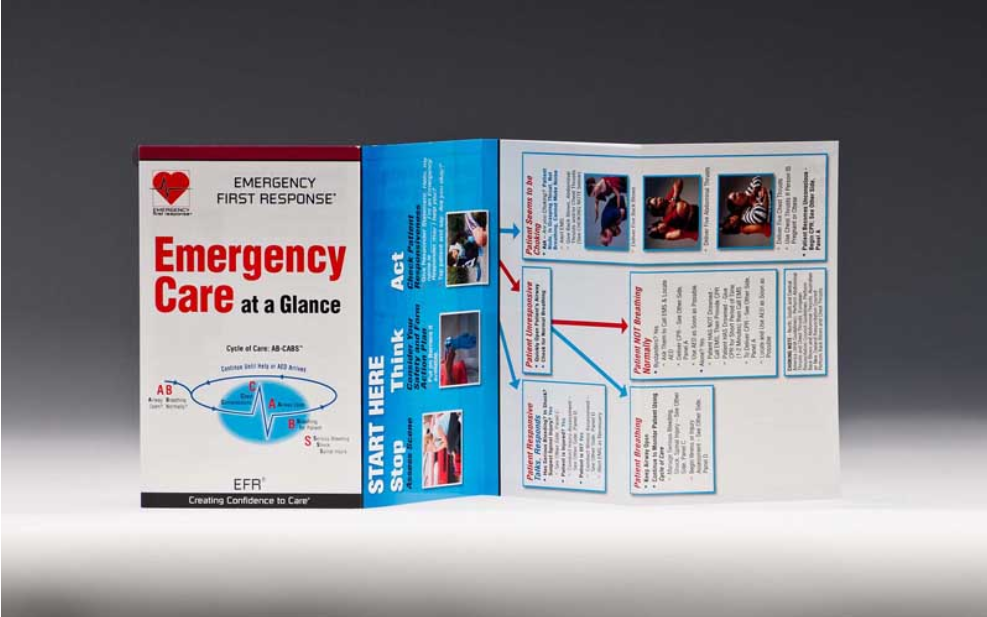
The internet is a great place to watch videos and connect with friends, but it shouldn’t be blindly trusted for first aid advice when dealing with an emergency situation. With proper first aid training from an experienced instructor, you’ll be prepared to respond when every moment counts. Contact an Emergency First Response course provider to sign-up for a first aid course in your area.


